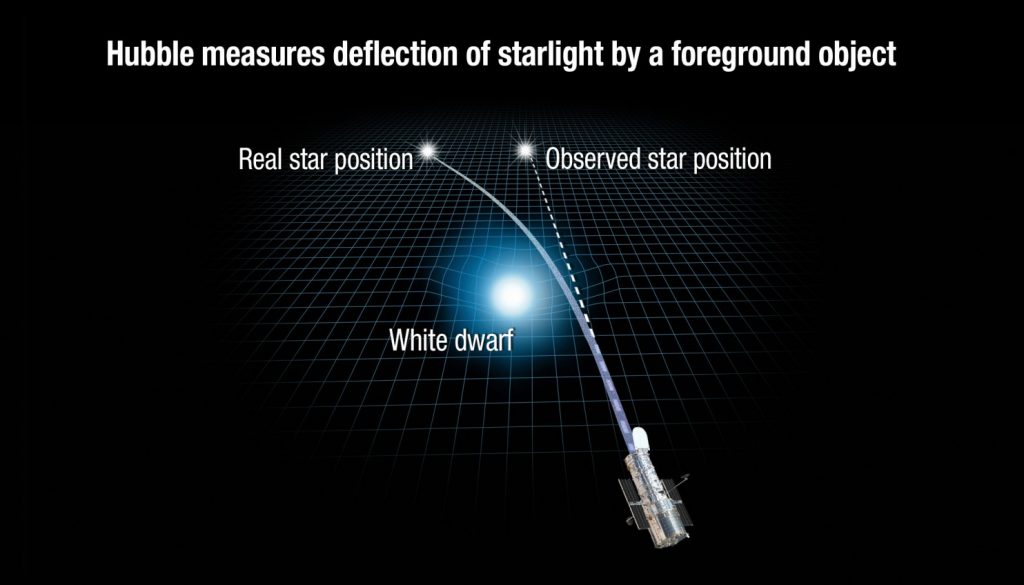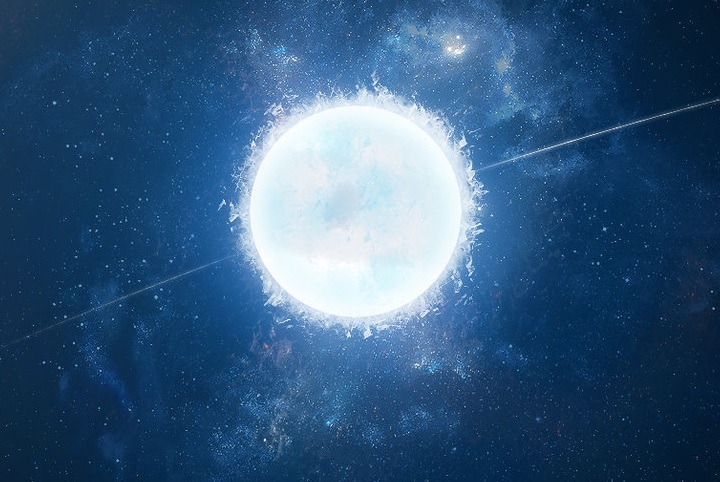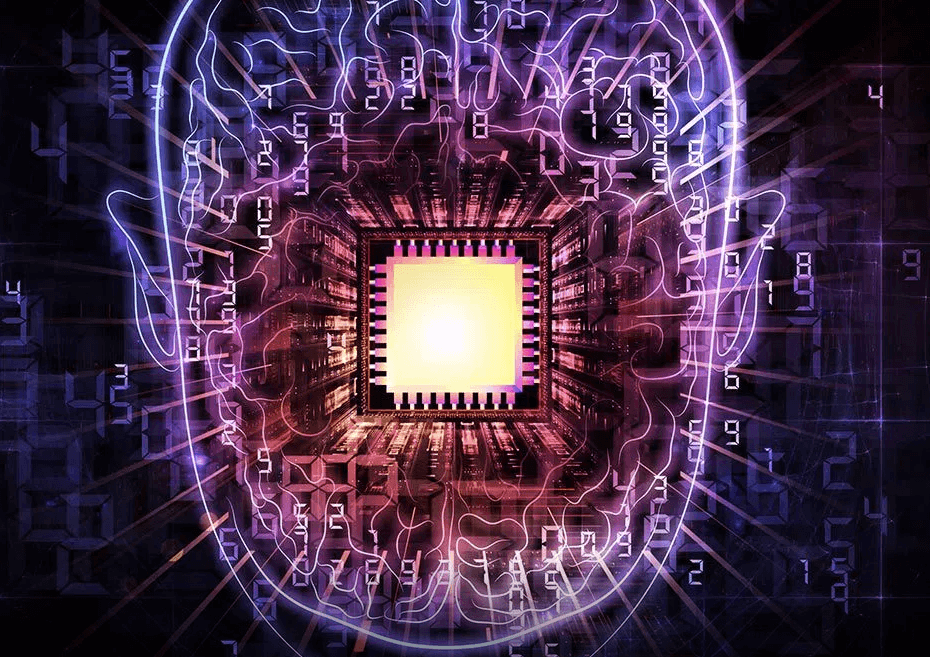Years after publishing the theory of general relativity, a fellow scientist asked Einstein whether the theory could be employed to determine a star’s weight. Yes, he replied, in theory. If one star passed near enough another, the mass of the closest star would bend the light of the other star. A clever enough scientist would then measure the amount of distortion to calculate the weight of the star in front.
However, he doubted it could be done.
Such an event would be rare and unobservable. “There is no hope of observing this phenomenon directly,” Einstein wrote in a December 1936 issue of Science. The alignment would have to be just right and even the most advanced telescopes of the time were incapable of seeing with precision the task would require.
What Einstein didn’t know then was that 80 years later we would not only create telescopes powerful enough to see stars billions of light years away but also be able to rocket-ship them into outer-space. Now, astronomers are using Einstein’s theories to prove him wrong, thanks to the Hubble Telescope.
They first got their chance in 2014, when a white dwarf, Stein 2051B, roughly 18 light-years away crossed in front of another star, about 5,000 light years from Earth.
Like Einstein predicted, Stein 2051B’s gravity acted like a lens and bent the light of the background star as it passed by. This gravitational lensing effect was minute and difficult to measure because Stein 2051B looks 400 times than the star it passed in front of, due to its distance.

Thanks to the Hubble, astronomers were able to accomplish this task, despite its difficulty. As Stein 2051B eclipsed the other star, gravitational lensing made the background starlight move by milliarcseconds. Despite the tiny measurement, scientists were able to compute the mass of Stein 2051B. Turns out the white dwarf star has 68% the mass of the sun about 1.4 octillion tons, or 14 followed by 26 zeros. The results were published in Science, the same journal where Einstein said such a conclusion would be impossible to find 81 years later.
Coincidentally, it was also gravitational lensing that originally validated Einstein’s theory of general relativity almost a century ago. Then, astronomers observed stars around the sun during a total eclipse to prove that a large enough object can warp space-time and bend light. Today, Einstein’s theory still stands, even what was previously thought to be impossible like gravitational waves and universe expansion.
More than just showing up Einstein, the experiments with Stein 2051B will also help us learn more about white dwarf stars. White dwarfs are the final remains of dead stars, incredibly dense matter cooling down after burns through its fuel and collapses. Terry Oswalt, an astrophysicist writing for Science, described white dwarfs as “fossils” of space and unlocking them would offer important glimpses into the stellar history. Subrahmanyan Chandrasekhar, a Nobel Prize-winning astronomer, predicted in 1935, that mass at the time of its death would be the determining factor of its fate, whether it stays a white dwarf or becomes a black hole or a neutron star.
Until now, the mass of a white dwarf could only be determined by gravitational effects when moved close to another star. However, being able to observe and measure gravitational lensing means astronomers have the freedom to calculate of any white dwarf star.
More News to Read











